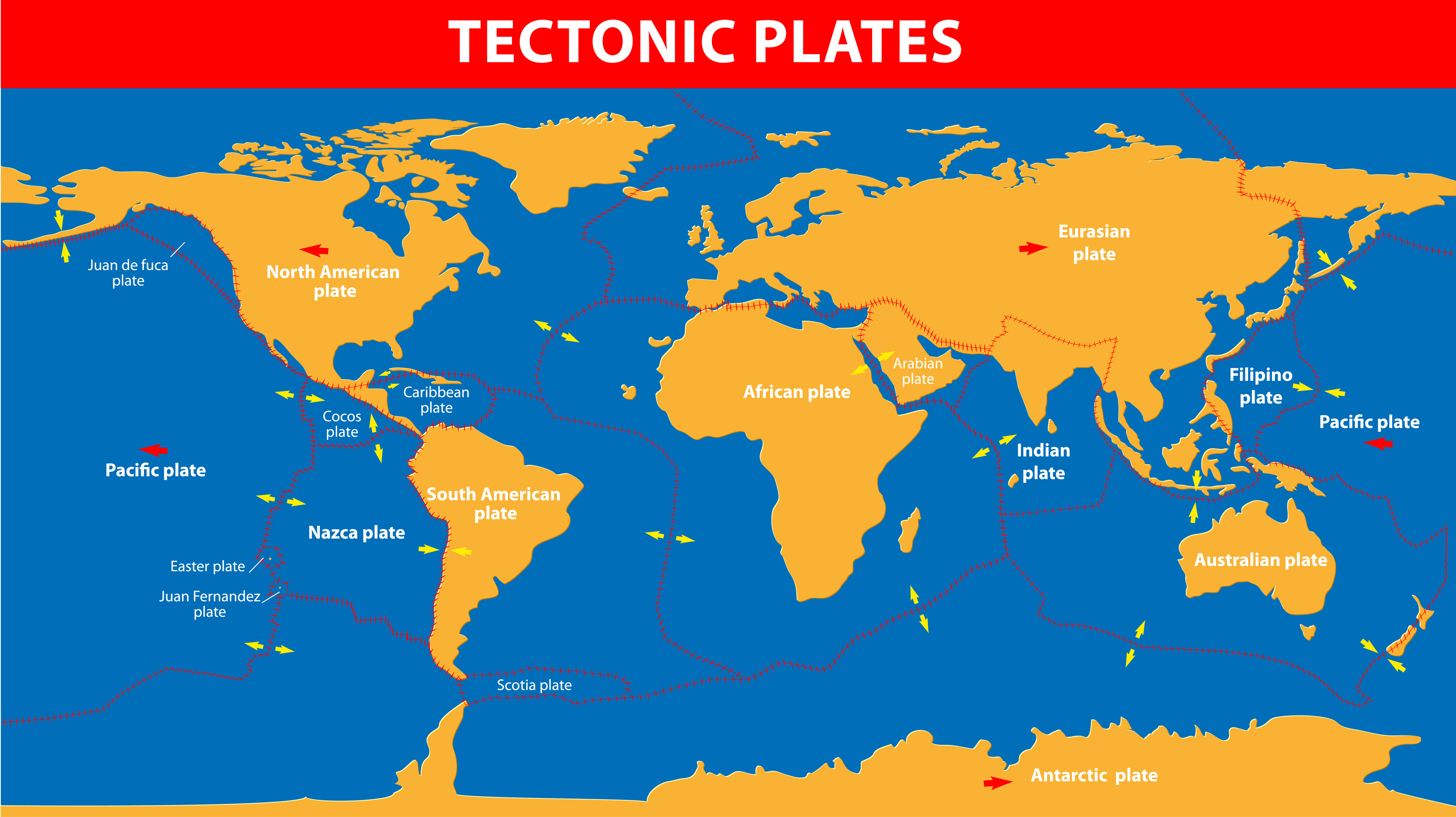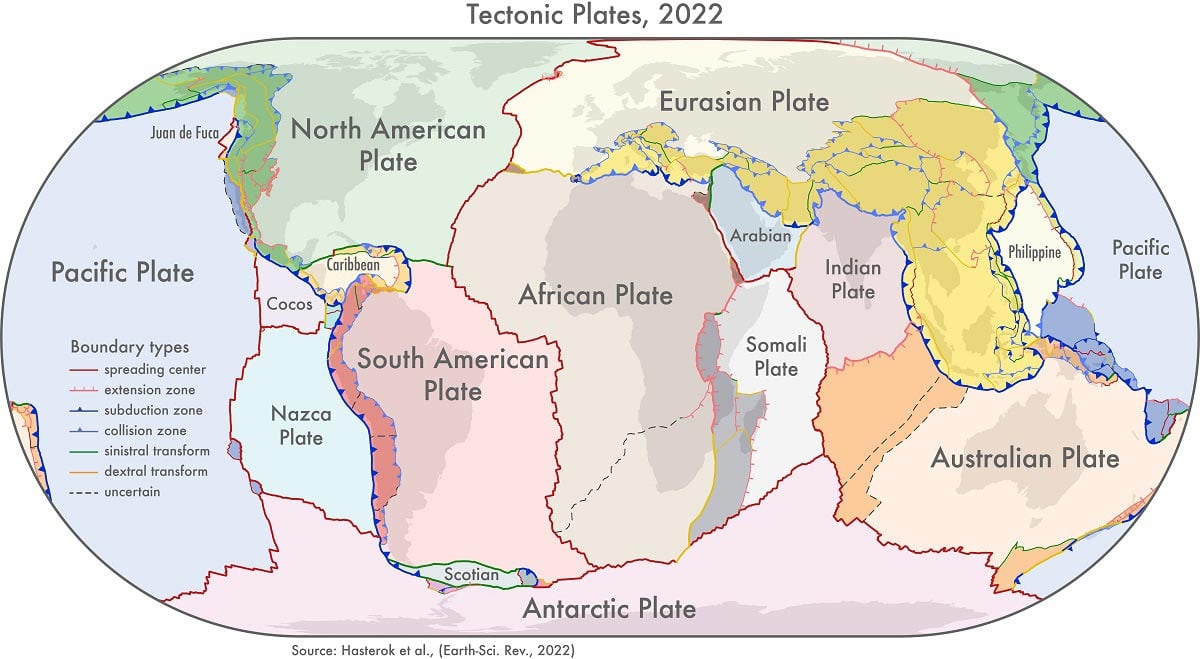All continents today shift about 1 inch 2 5cm per year but when tectonic plates are under stress they move about 20x as fast

All Continents Shift About 1 Inch per Year

The Earth’s continents are constantly on the move, albeit at a very slow and almost imperceptible pace. Scientific research has revealed that all continents are shifting about 1 inch (2.5cm) per year. This phenomenon is known as continental drift, and it is attributed to the movement of tectonic plates beneath the Earth’s surface.
Tectonic plates are enormous sections of the Earth’s lithosphere that fit together like a puzzle. These plates float on a semi-fluid layer called the asthenosphere, which lies underneath them. The Earth’s lithosphere is divided into about a dozen major tectonic plates and several smaller ones.

The movement of tectonic plates can be compared to the slow motion of a conveyor belt. Over millions of years, the plates gradually shift, causing the continents to move. While the rate of continental drift may seem insignificant, it has incredibly significant implications for the Earth’s geography and the occurrence of natural disasters.
When tectonic plates experience stress, such as during the build-up of energy before an earthquake or volcanic eruption, their movement accelerates significantly. In fact, during such periods, tectonic plates can move up to 20 times faster than their average speed. This increased movement may lead to more frequent and intense seismic activity, causing earthquakes, tsunamis, and volcanic eruptions.
Continental drift plays a crucial role in shaping the Earth’s topography and the distribution of its natural resources. For instance, the collision and separation of tectonic plates have formed mountain ranges, such as the Himalayas and the Andes. The movement of continents has also influenced the climate by affecting ocean currents and wind patterns.
The theory of continental drift was first proposed by Alfred Wegener in 1912. He suggested that the Earth’s continents were once joined together in a single supercontinent called Pangaea. Over millions of years, Pangaea started to break apart, giving rise to the continents we know today. While Wegener’s theory faced initial skepticism, further scientific advancements and evidence have strongly supported the concept of continental drift.
In conclusion, the slow and steady movement of continents, driven by the movement of tectonic plates, is an ongoing geological phenomenon known as continental drift. All continents today shift about 1 inch (2.5cm) per year, but during times of stress, tectonic plates can move about 20 times faster. This continuous movement of continents has shaped and continues to shape the Earth’s geography and impact the occurrence of natural disasters. To learn more about continental drift, you can refer to the National Geographic’s Encyclopedia on the topic.
Related Posts
Quick Links
Legal Stuff

